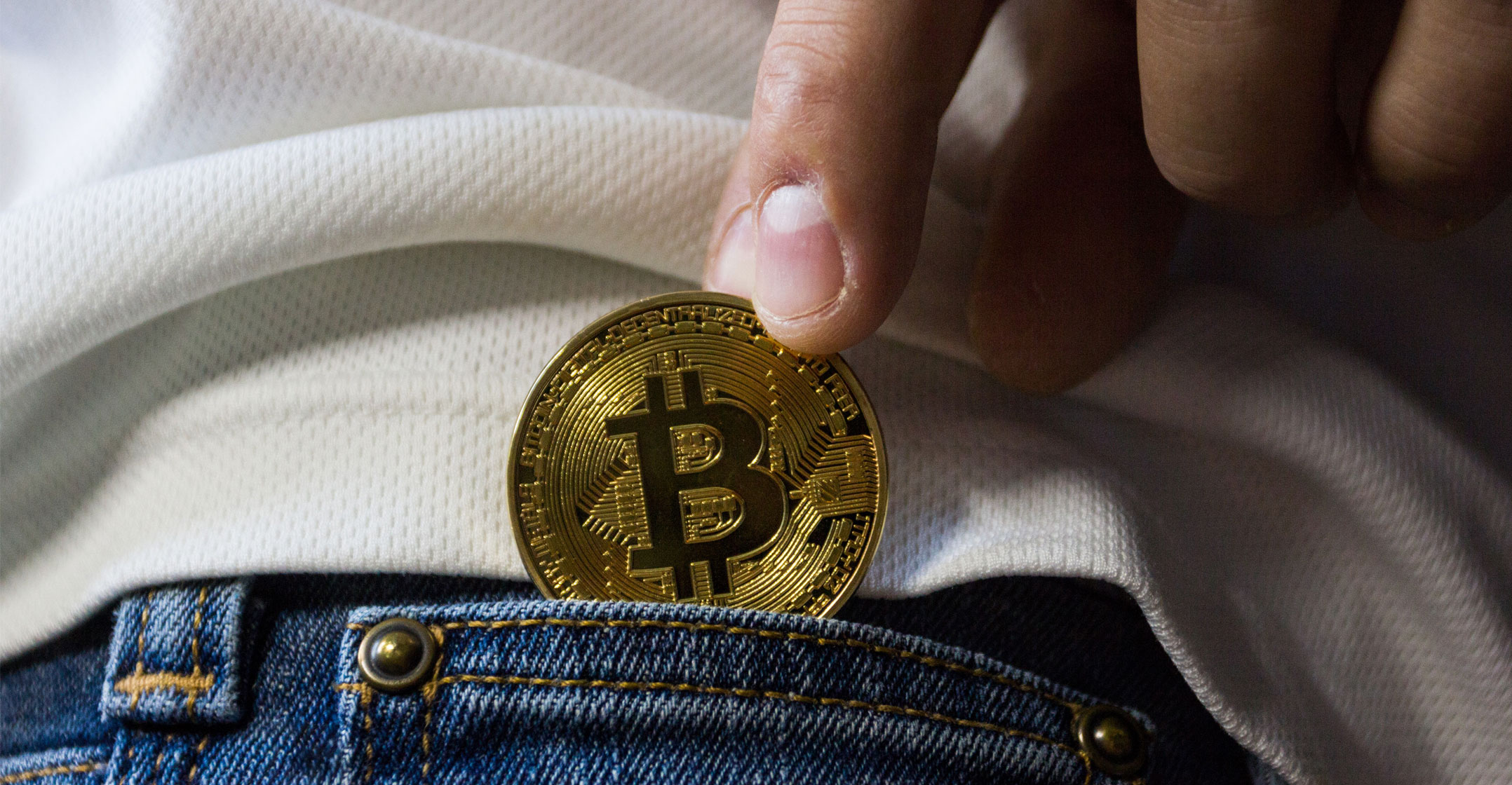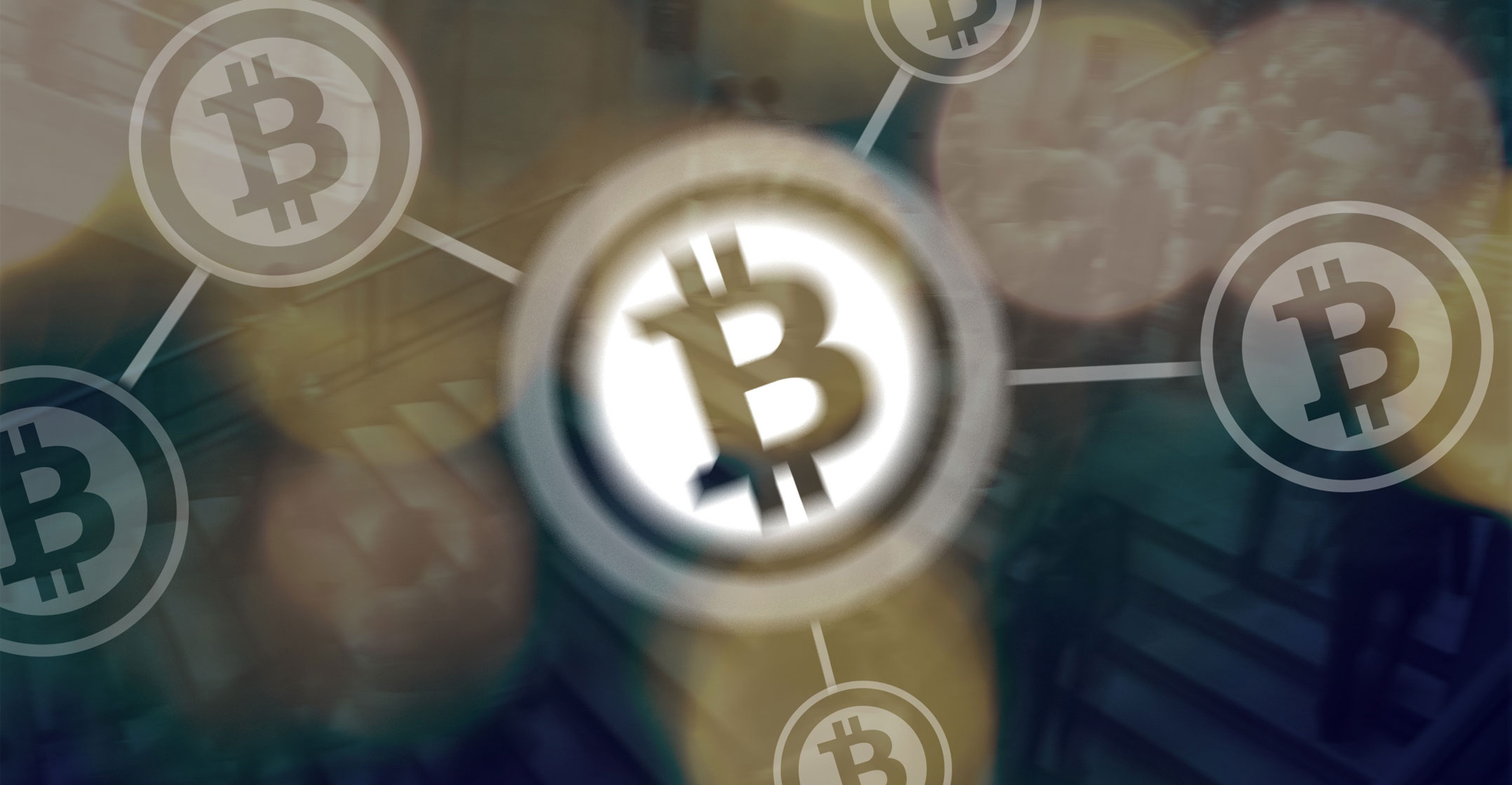
The bitcoin rate spike, still alive despite bitter divisions in the community that supports the cryptocurrency, has laid bare the biggest problem with bitcoin: compared with fiat currencies, it’s painfully inconvenient and expensive to use as a means of payment.
Bitcoin is set up to reward users for verifying transactions. Miners who package transactions into “blocks” receive two kinds of rewards: the additional bitcoin they produce by using their hardware to solve mathematical problems (an income stream that will eventually cease since 21m bitcoins are the maximum that can be mined) and the transaction fees paid by users to get their payments into blocks.
The bitcoin system is designed around scarcity and its traditionalists insist on keeping the block size small (rebels who did away with that tenet founded an offshoot, bitcoin cash, earlier this year).
Their reasoning is that only people with more computing power can live in a big-block world and going down that path would make bitcoin less democratic. But that horse has bolted: mining is already largely the province of people who invest significant money in equipment and the huge amount of energy required to run it.
As bitcoin’s exchange rate rose rapidly and more people wanted to get in on the boom, getting into blocks became difficult, and miners prioritise transactions on which users are willing to pay a higher fee. It works a bit like Uber’s surge pricing, except the user sets the fee based on how long she’s prepared to wait for the transaction to go through — using one of several sites that link fees to waiting times or show median and average fees.
At the time of this writing, the median fee paid to process the median transaction — 226 bytes of information — was 171 760 satoshis, or 0.0017176 bitcoin, or US$11.38. If you just want to pay for a cup of coffee or order something relatively inexpensive on an e-commerce site without waiting many hours for the transaction to clear, this is uneconomical. If you’re a speculator, though, hoping to make money on the wild exchange rate fluctuations, you’ll be willing to pay an even bigger premium for speed. No wonder the medium transaction size at the time of this writing exceeded $800 after reaching a peak of almost $1 300.
High fees
Bitcoin was never a particularly convenient means of payment. One can get a bitcoin debit card and use it anywhere cards are accepted, but the fees on them — charged on top of the bitcoin transaction fees — are generally higher than at your bank. For merchants, it’s convenient to sign on to accept the cryptocurrency via specialised payment platforms — but then the rate volatility and the same high transaction fees make it unattractive for a merchant who mostly works in a fiat currency economy. In July, Morgan Stanley issued a report saying merchants’ acceptance of bitcoin was on a downward trend just as the cryptocurrency’s exchange rate went through the roof.
Some merchants stick to the currency, perhaps for PR value. BitPay, one of the top bitcoin payment platforms, reported last month it was on track to process $1bn in payments to merchants this year; the dollar volume of the transactions in January through September was up 328% year on year, the company said. But Visa, for example, processed $6.3 trillion in payments last year. Bitcoin hasn’t even begun to make a dent in this market.

There is a notable group of merchants and customers willing to put up with bitcoin’s inconveniences: US marijuana dispensaries and pot users, who are not adequately served by banks because of legal problems. Dark Web markets for harder drugs, guns and other restricted items also prefer to use bitcoin, and, despite a recent crackdown, the currency still holds an appeal for Chinese investors trying to bypass their country’s currency restrictions.
The essential value of bitcoin, speculation aside, is to provide payment and transfer services in grey or black areas, where governments don’t want banks to go and where electronic fiat money is too traceable for comfort. It’s up to buyers and sellers to determine if this value proposition justifies the exchange rate to fiat currencies; given the current maximum block size of 1MB and the strong resistance to increasing it, the original bitcoin may never expand beyond its current narrow usefulness.
This creates a window of opportunity for ethereum, bitcoin cash and other cryptocurrencies to gain wider acceptance. But dealing in several of them will inevitably be confusing for merchants. Besides, various combinations of design, technology and market failures such the one now afflicting bitcoin as a means of payment, will keep cropping up.
It’s likely that, if we ever switch to paying in cryptocurrency, it will be of the fiat variety, issued by central banks. As the sole issuers, they will fit their systems to historical transaction volumes and dictate transaction fees. If forced to compete with central-bank-designed systems for convenience, decentralised currencies will remain on the risky fringe, seducing volatility-loving speculators, dodgy businesses and their anonymity-craving customers. — Reported by Leonid Bershidsky, (c) 2017 Bloomberg LP




